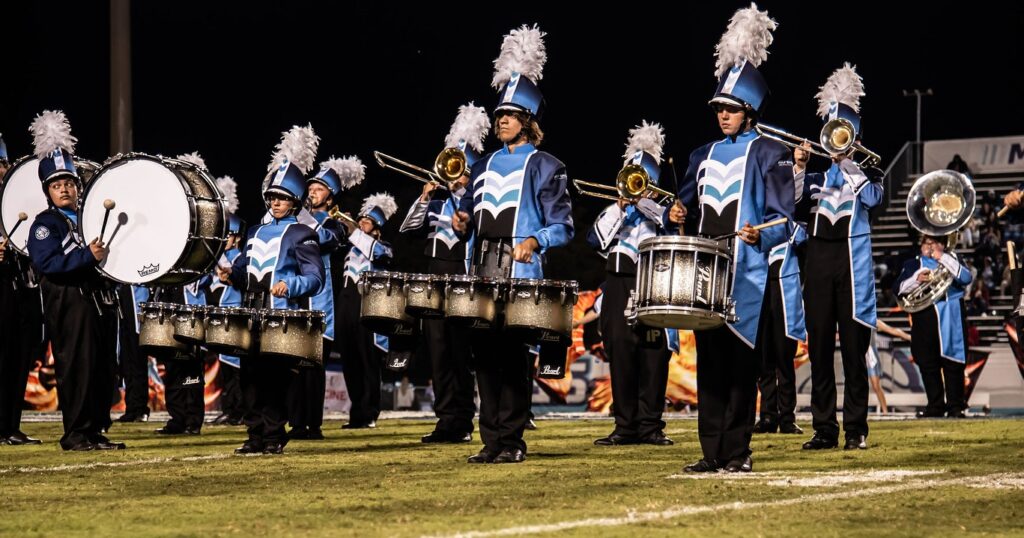Reviewed by: Pat Byington
NEW: largest Native American cave art discovered in Alabama
Reading time: 5 minutes

Over the past couple of days, a really cool story has emerged from an unidentified location somewhere in Northeast Alabama—archaeologists have discovered the largest underground Native American cave art right here in our state. Keep reading for all the details of this high-tech-meets-pre-contact-art tale, including a 3-meter-plus-long rattlesnake.
The discovery: what it is + who found it
Archaeologists have discovered the largest known Native American cave art images in a cave in Alabama. These five “pre-contact” (meaning, before any contact with outside cultures) drawings are over 2000* years old and may represent spirits of the underworld.
*Note: you’ll see a lot of stories saying the cave was radiocarbon dated to 1000 years old, but Alan Cressler says something got lost in translation between the Antiquity journal publication which reported the group’s findings and the press releases that went out to the media.
Four of the drawings are of anthropomorphic (human-like) figures in elaborate regalia, while the fifth is a serpent. Researchers believe the serpent is a diamondback rattlesnake, which is not only the largest rattlesnake in North America but also an animal that was sacred to the Southeast Indigenous people.
Here’s who’s behind the discovery:
The Ancient Art Archive, a nonprofit founded by National Geographic photographer Stephen Alvarez that includes University of Tennessee archaeologist Jan Simek, PhD as the lead researcher. Alan Cressler, the third member of the team, is a legendary Atlanta-based caver who spends a lot of time underground in Alabama, which he says, is “one of the most cave-dense states in the country.”
If you love this kind of thing and want all the juicy details, check out their paper in the journal Antiquity at Cambridge University Press. If academic journals aren’t your speed, follow Alvarez, Cressler and Ancient Art Archive on Instagram so you can see the inside of cool caves without having to go underground yourself.
Where the cave art is: 19th Unnamed Cave

Those who know will never tell… Seriously, it’s in a mysterious underground location somewhere in Northeast Alabama called “19th Unnamed Cave.” Cavers actually discovered this cave, and 100s of rock art images in it, back in 1998. Before this most recent discovery, the site was already known as the richest Native American cave art site in Southeastern North America.
Fun fact: At the time this art was made, the ancient Native Americans were modifying their landscape on a large scale, often incorporating religious and spiritual beliefs. The mounds we’re all familiar with were built to connect with the spirits of the upper world.
What I never knew is that caves were also sacred spaces, viewed as routes to the underworld—basically, the exact opposite of the mounds. Because of this, the team thinks the newly identified glyphs might be depicting the spirits of the underworld.
How archaeologists found the cave art: 3D photogrammetry

To me, this is the coolest part of the story. Professor Simek and the others were working to document the art they already knew about in the cave.
“We knew the cave contains pre-contact Native American mud glyphs, and we were carrying out a 3D photogrammetry documentation project to aid with management and conservation.”
Professor Jan F. Simek, University of Tennessee
I for one had never heard of photogrammetry, but apparently it’s a process where you take 1000s of photos that then are used to build a 3D model.
The 3D model helps provide an accurate record of the site, and, it allows researchers to view the images from new angles.
In the 19th Unnamed Cave, as you can see from the photo at the top of the article, the images are in areas with very low ceilings, which makes it hard for anyone to see them.
Imagine the team’s surprise when they spotted these five giant, previously unknown glyphs (depicted above in white) on the 3D model.
In addition to all of their photogrammetry work, the team carried out radiocarbon dating of the cave. What they discovered is that it’s a “pre-contact” site, over 2,000 years old, that was visited during the first millenium AD.
Why it matters
The experienced team who made this discovery thinks they might be scratching the surface with this find. Even though the 19th Unnamed Cave is a well-studied site, the discovery of these images is completely new.
The hope is that photogrammetry may lead to further findings—here and elsewhere—which could revolutionize our understanding of ancient Native American cave art.
I asked caver Alan Cressler why it matters. Here’s what he said:
“19th Unnamed Cave contains, to the best of our knowledge, the largest dark zone cave art site in the Eastern US—it’s the largest underground rock art gallery we have. And, it’s old—around two thousand years old, which dates it to the Woodland period. Finally, the images in the cave are quite large—human life size, 5-6 feet, with some even longer. It’s such an incredibly significant site.”







